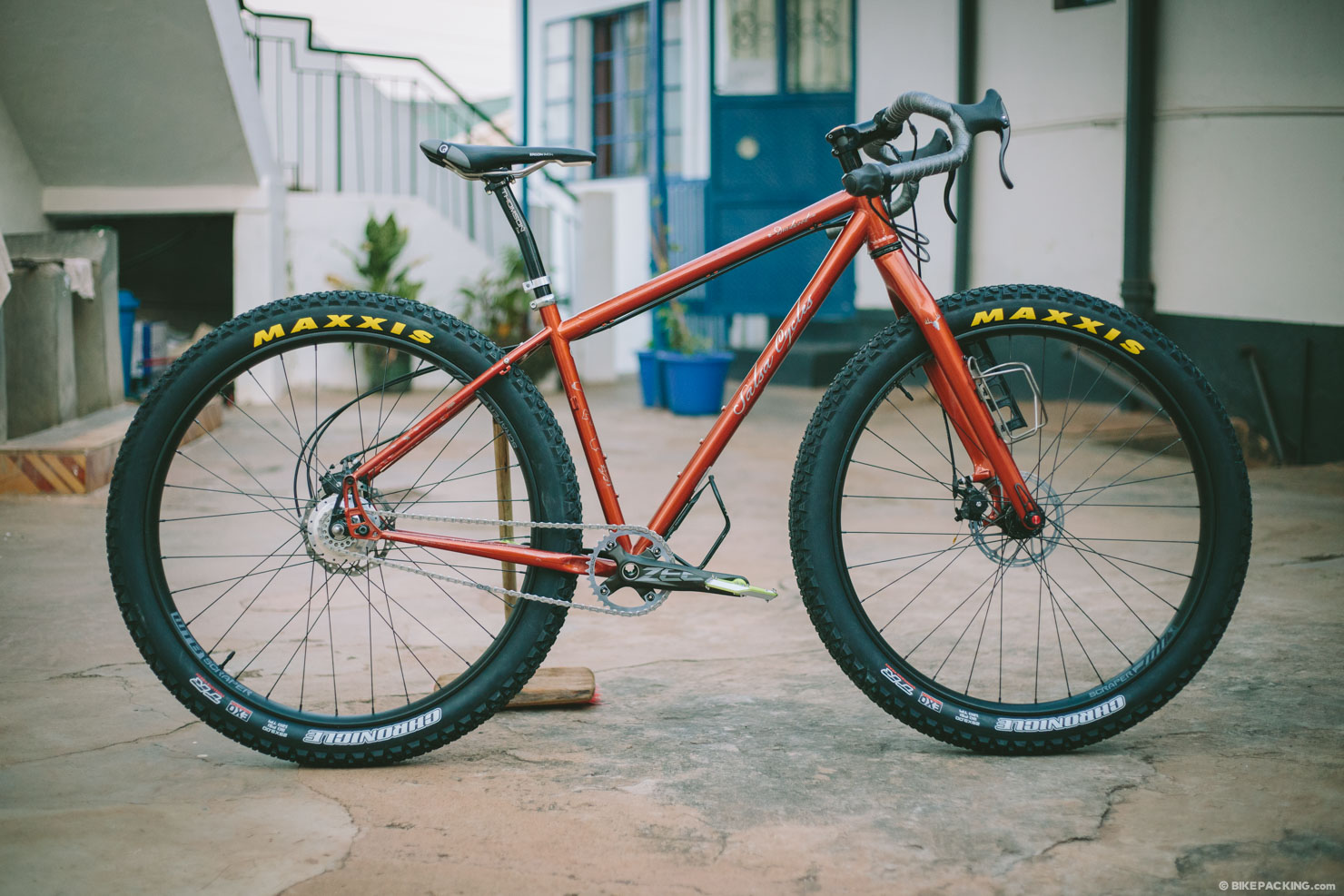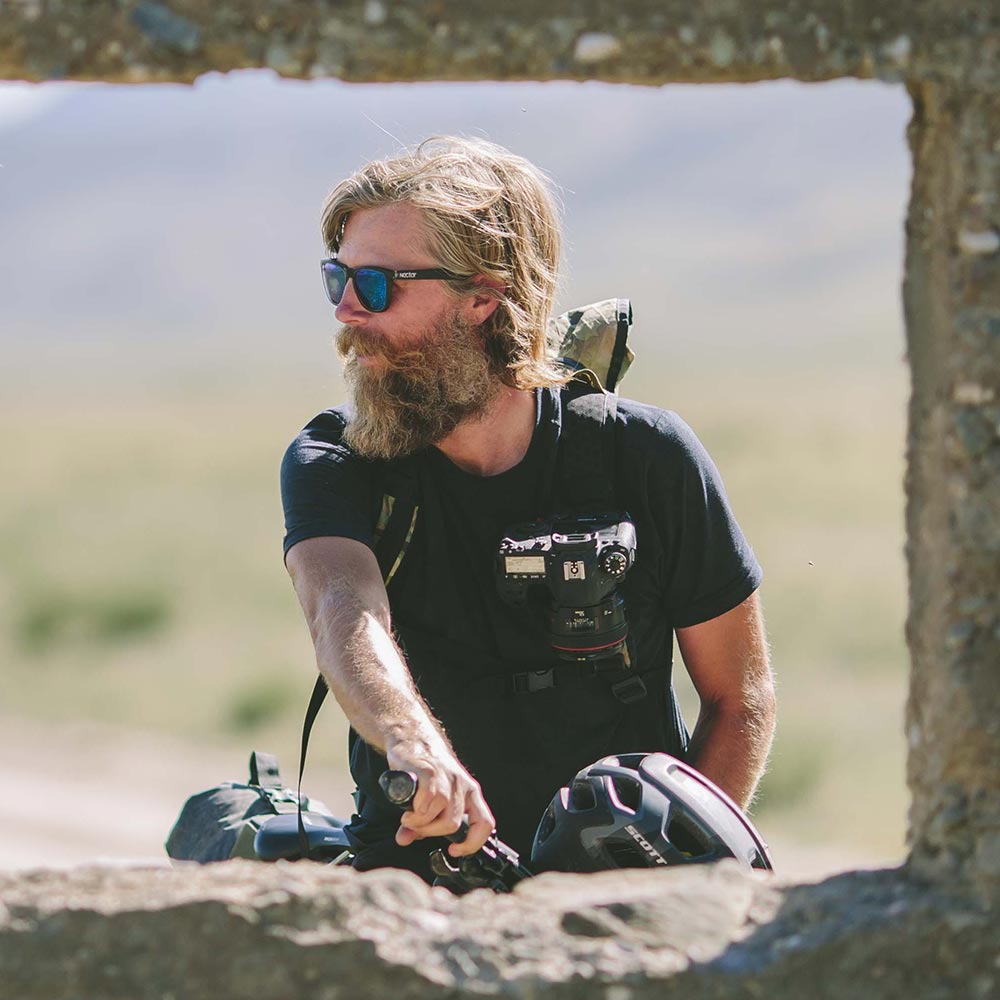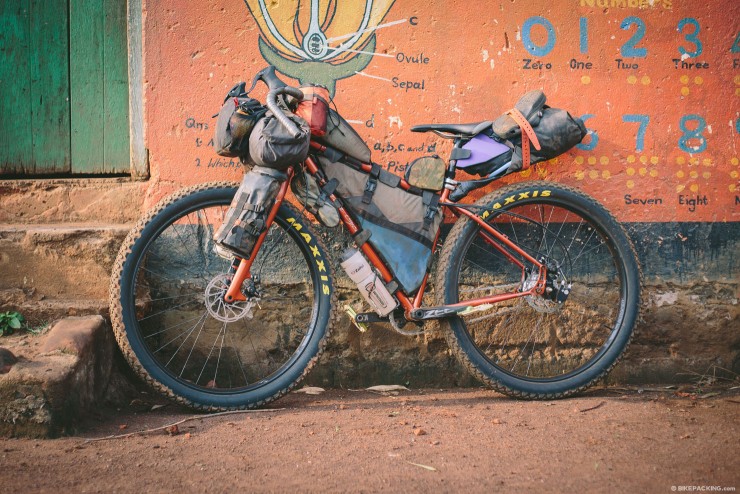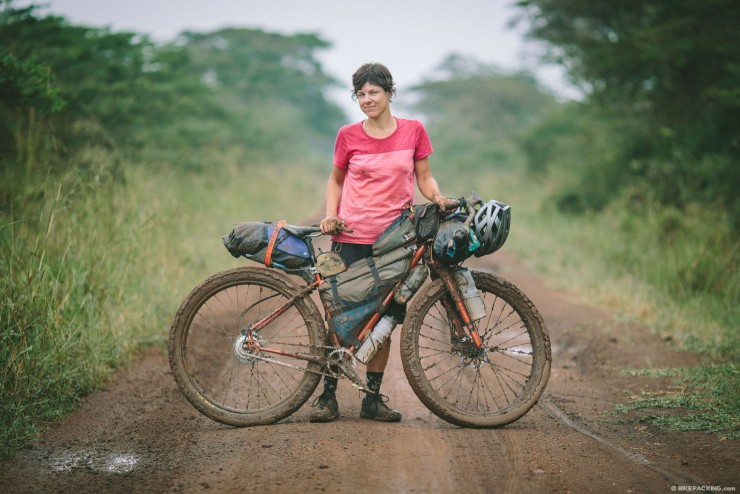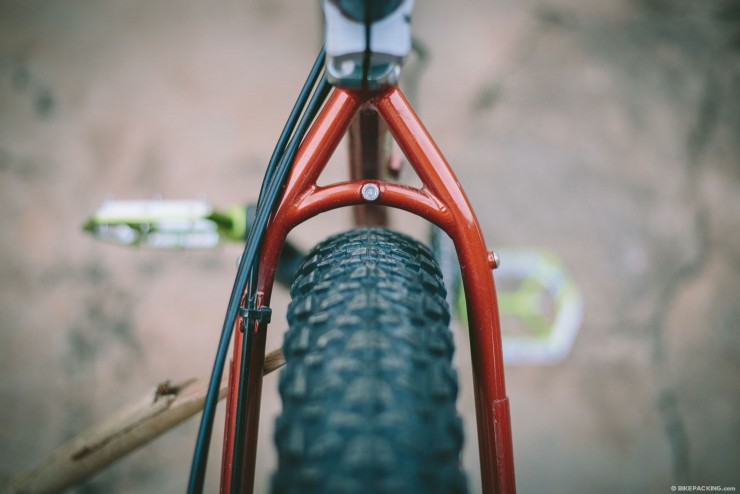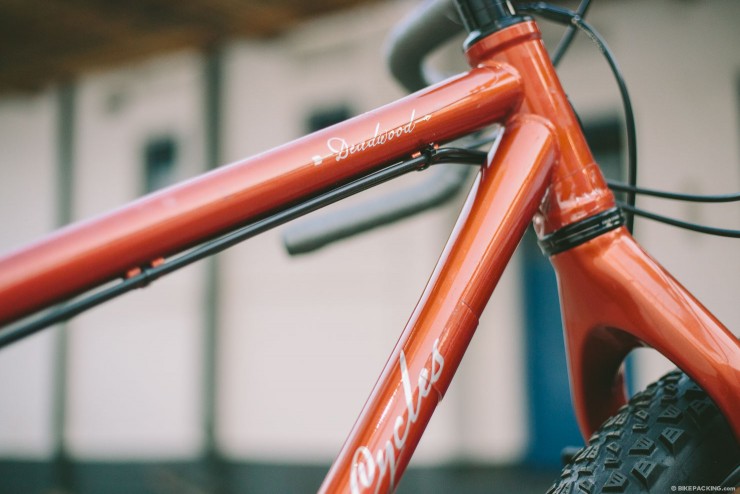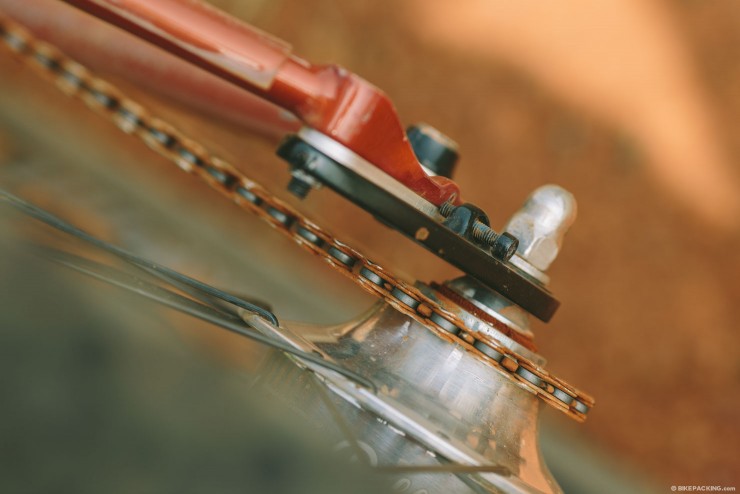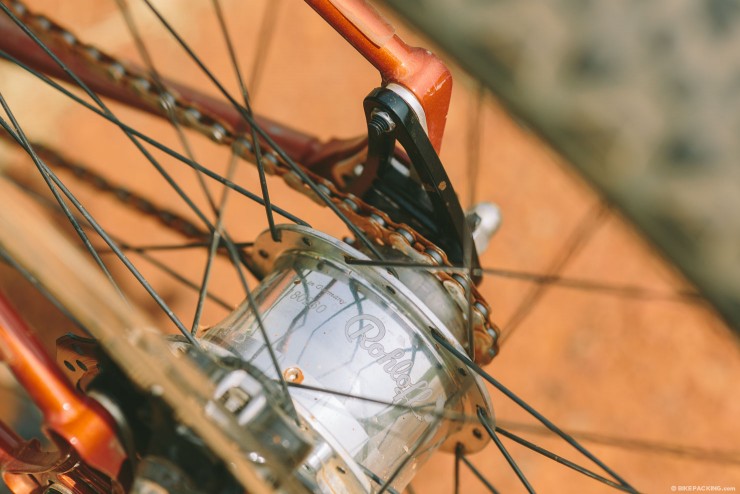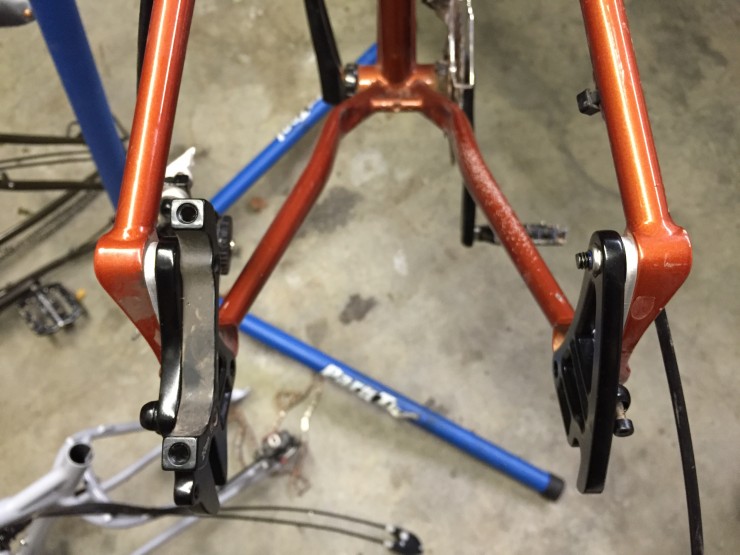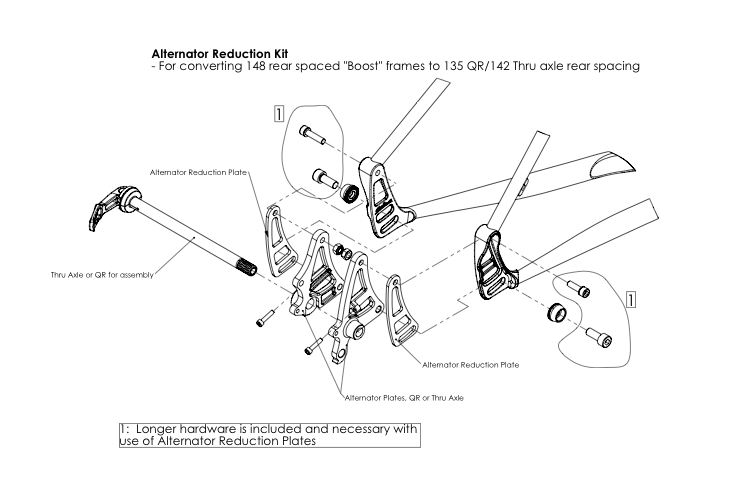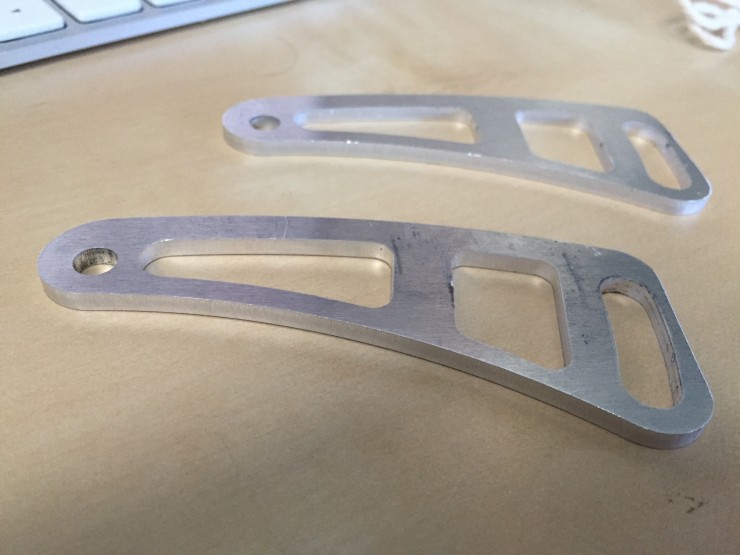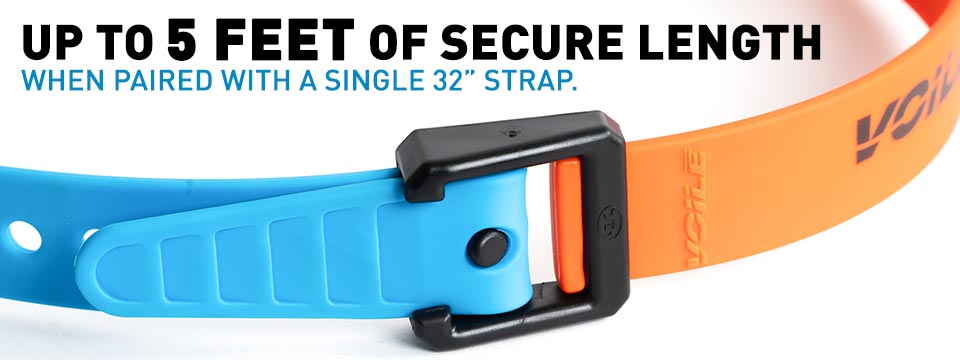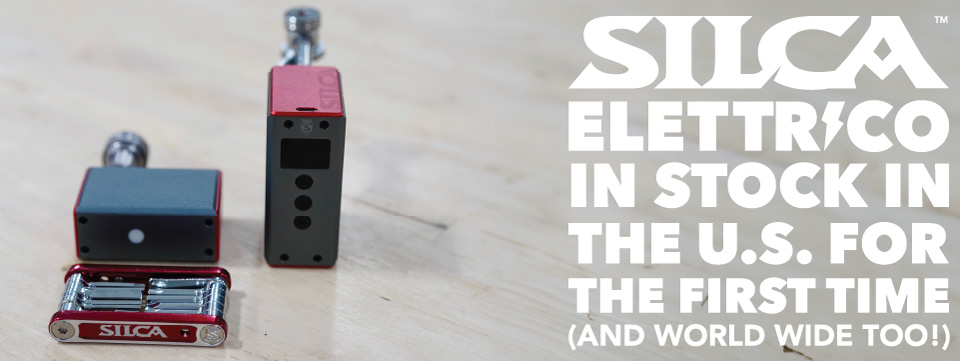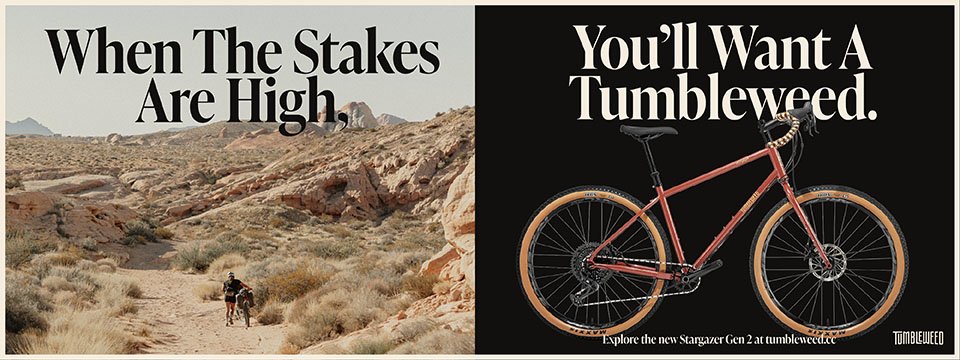Tech Note: How to Rohloff a Salsa Deadwood
By definition, Salsa’s new 2016 Deadwood is designed specifically for long-distance dirt road bikepacking trips. This might leave some folks wondering how to pair it with world’s best expedition drivetrain. Here’s the scoop.
PUBLISHED Feb 2, 2016
First a little background. If you are unfamiliar with the Salsa Deadwood, read Christophe’s Noel’s review here. We opted to put Gin on one for our Trans-Uganda trip. It seemed perfect: a lightweight steel frame with all the proper mounts, 29+ tires for added floatation and suspension, and an upright geometry modeled after the Fargo. Perhaps the ideal bike for a route made up of endless gnarly dirt roads.
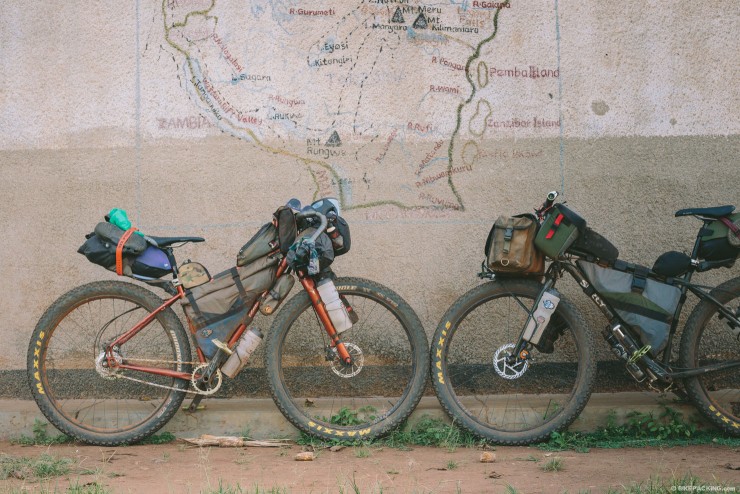
There was one hitch. Our choice drivetrain for such an endeavor is Rohloff’s internally geared Speedhub; it’s virtually maintenance free, keeps the chain straight to avoid wear, and has proven itself almost bulletproof. Some riders have even reported over 200k miles of use without issue. However, the Deadwood was designed around the new BOOST 148mm dropout spacing standard. A 142mm, through axle Rohloff is due out soon, and we were hoping it could be ‘boosted’ with expansion plates. Unfortunately, this is not to be – we’ve been told by Rohloff that there’s no way of making it externally BOOST compatible, as it’s width would require a special hub shell, shifting shaft extender and axle extension. And until this latest standard becomes popular, there’s no plans to offer a Speedhub with this spacing.
Even though this is a relatively short trip, we didn’t want to risk the loss of a derailleur in a country where modern bike parts are few and far between. So the big question was, could we marry the Rohloff with Salsa’s new Deadwood?
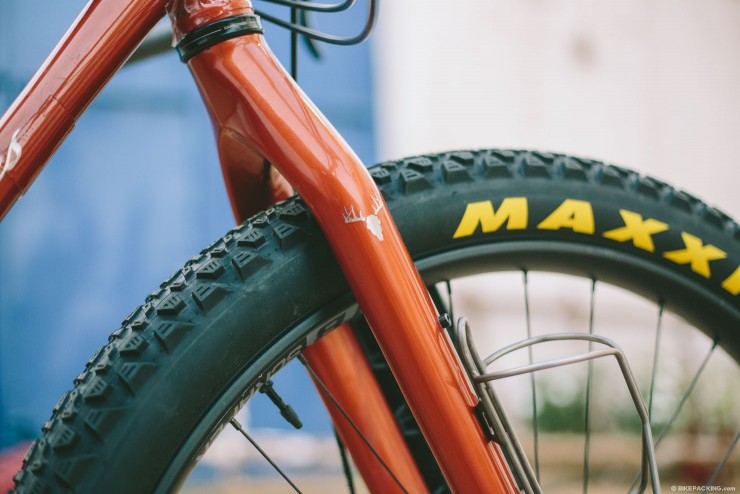
The basic structure is there. Like many of Salsa’s other adventure bikes, the rear end of the Deadwood uses their interchangeable dropout system which allows Alternator plates to be swapped. There are several sets of plates available including the thru-axle version shipped with the Deadwood, standard QR plates, and a Rohloff version which has a vertical sliding dropout. The Rohloff plate is designed to work with Rohloff’s OEM axle plate (#8235) to lock the hub with the axle plate tab slid into the vertical slot. Most importantly, the Alternator plate system is based on a swing arm design, which allows for chain tensioning via two adjustable screws that move the effective dropout fore and aft.
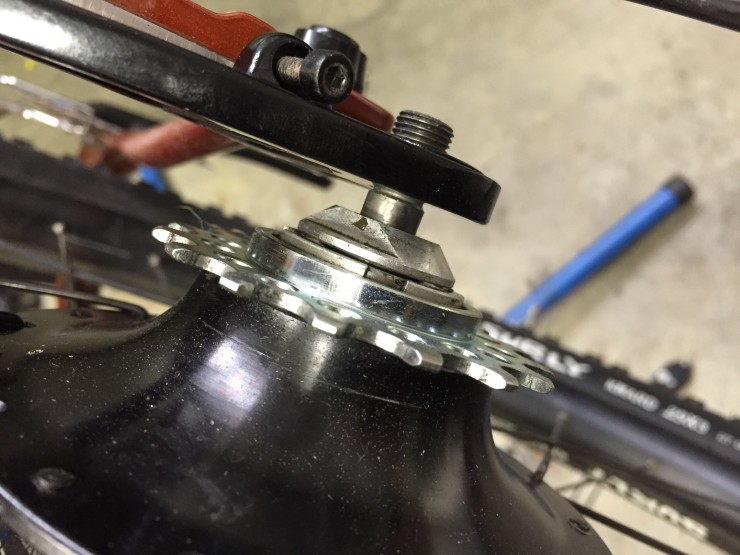
That said, spacing was still an issue. 13mm to be exact. As with most fixes and mods, there are many ways to skin a cat. Initially we considered the new 142mm Speedhubs, squeezing down the remaining 6mm to force the fit. Although it’s not “recommended”, it would probably have worked with the flexible chromoly frame. But a Rohloff is an expensive investment. So rather than selling a perfectly good 135mm hub, it was better that we find a solution with the hub we already had. Fortunately, Salsa had already thought through the issue.
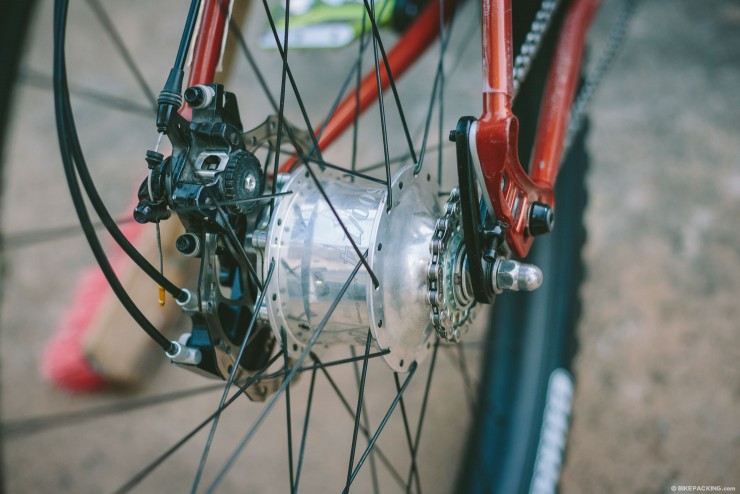
Enter Salsa’s Alternator Reduction Kit. The kit provides two spacers which are placed between the dropouts and the Alternator plates to make up 6m millimeters of the deficit. The kit also includes oversized bolts. The full solution is completed by pairing the spacer kit with the Rohloff-specific Alternator plates, and the SpeedHub OEM axle plate. The Alternator plates are designed to convert the BOOST spacing to 142mm, so when coupled with the reduction kit, the 135mm Rohloff fits. We also replaced the 2x crankset with a Shimano Vee crank to come close to the proper 54mm chain line. We’re now a few weeks into our trip and can report that this setup works like a charm.
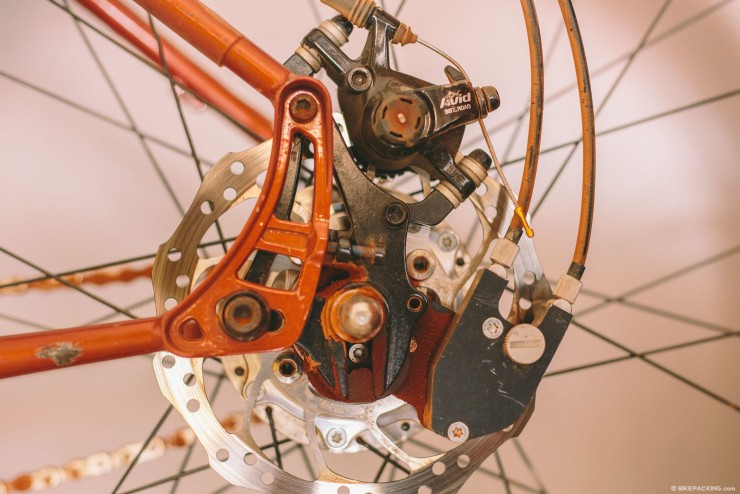
However, there is one remaining issue if you are looking for a quick fix. This solution is not an immediate one. You’ll have to wait until Salsa finishes production and takes the Alternator Reduction Kit to market. Right now there is no set date, but we’ll update this post as soon as we find out.
Please keep the conversation civil, constructive, and inclusive, or your comment will be removed.
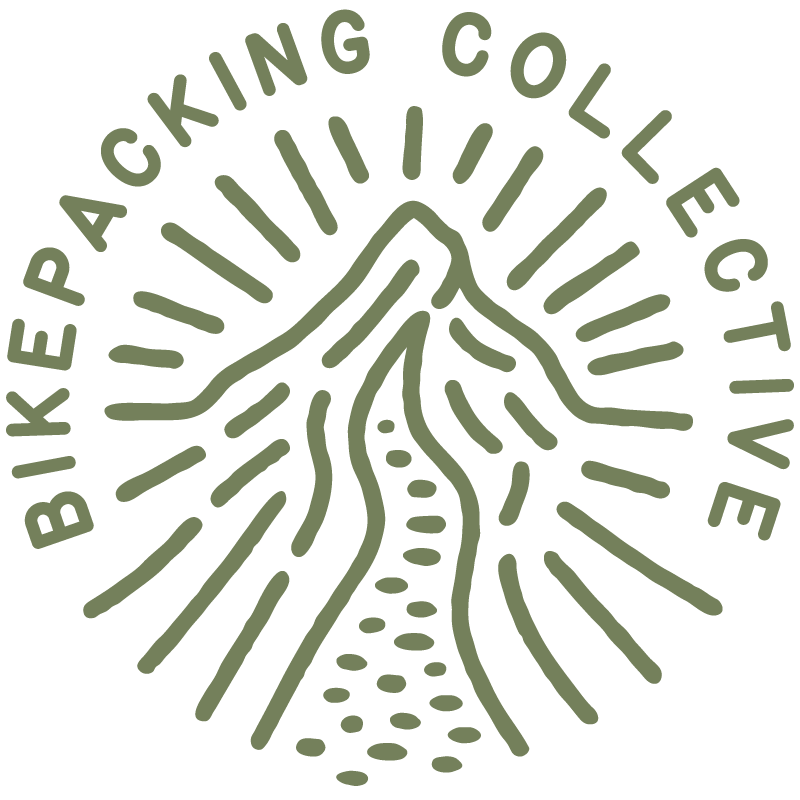
We're independent
and member-supported.
Join the Bikepacking Collective to make our work possible:







